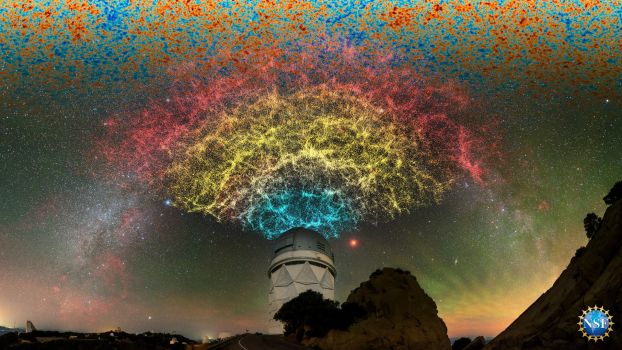
Credit: DESI Collaboration/NSF NOIRLab/KPNO/AURA/P. Horálek/R. Proctor
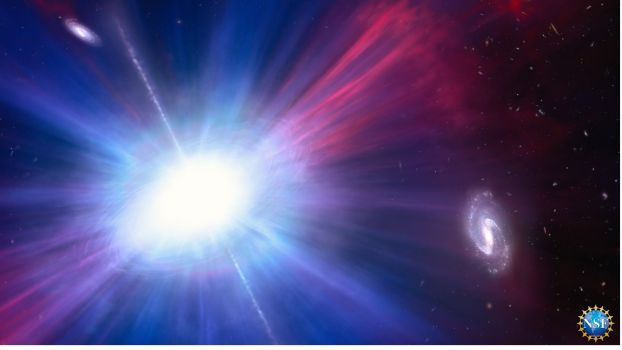
Credit: NOIRLab/NSF/AURA/M. Garlick/M. Zamani

Credit: Scott Crabbe
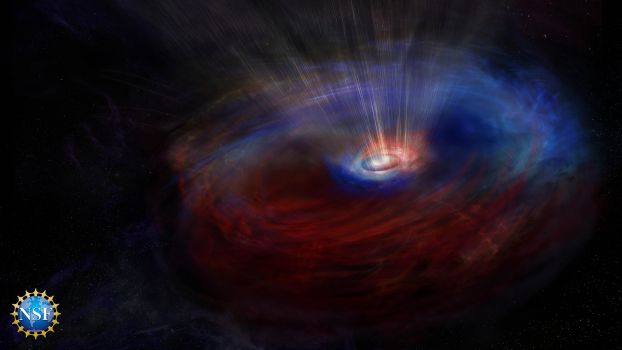
Credit: NRAO/AUI/NSF; S. Dagnello
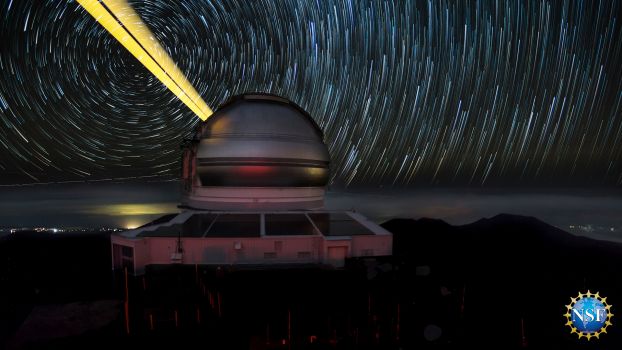
Credit: Gemini Observatory/AURA; image by Joy Pollard
Credit: Giuseppe Parisi

Credit: Joshua Swanson; Source: U.S. Antarctic Program photo library
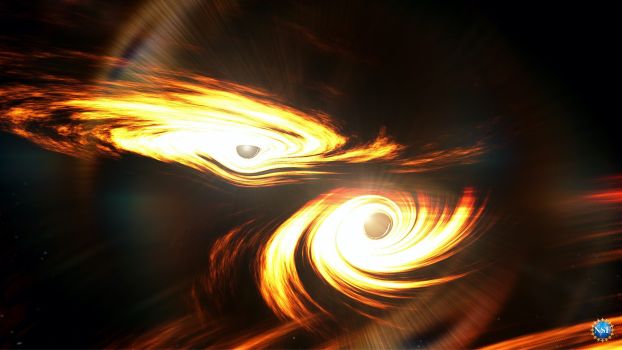
Credit: Mark Myers, ARC Centre of Excellence for GravitationalWave Discovery (OzGrav)/Swinburne University
Credit: NRAO/AUI/NSF, B. Saxton

Credit: Event Horizon Telescope Collaboration
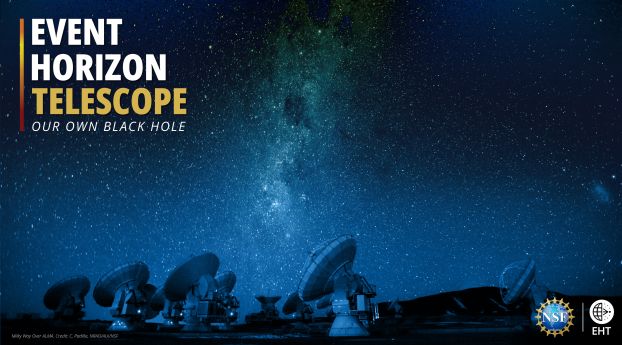
Credit: C. Padilla, NRAO/AUI/National Science Foundation
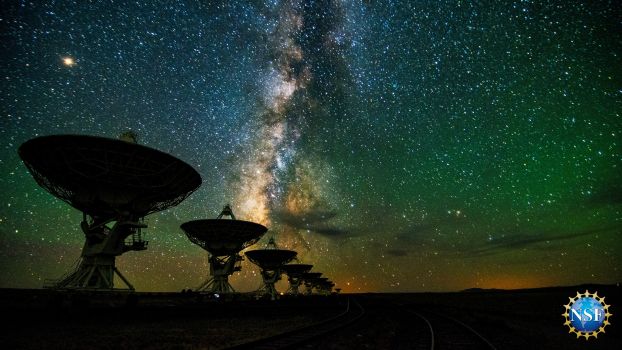
Credit: NRAO/AUI/NSF, Jeff Hellerman (Creative Commons Attribution 3.0 Unported -- CC BY 3.0).
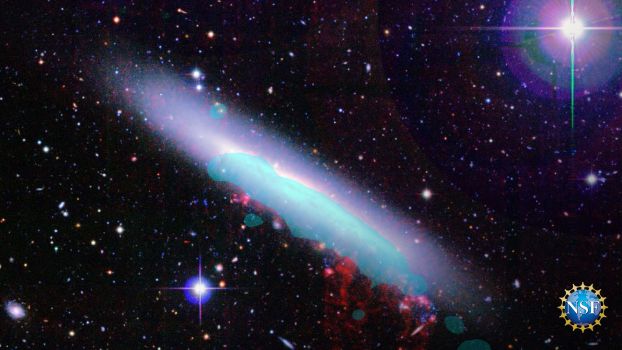
Credit: T. Brown; Fossati et al., 2018

Credit: Raffaela Busse; ICECUBE/National Science Foundation
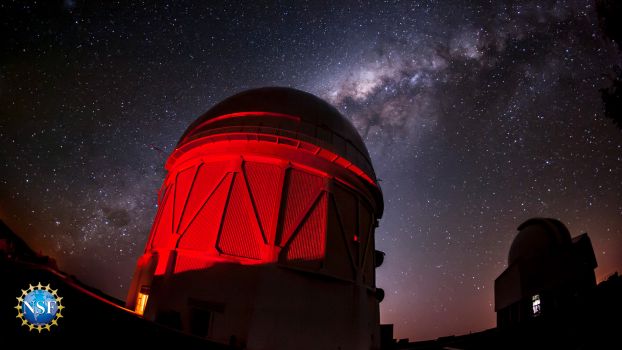
Credit: Reidar Hahn, Fermi National Accelerator Laboratory

Credit: Dr. Andreas Papadopoulos, AHPC, European University Cyprus
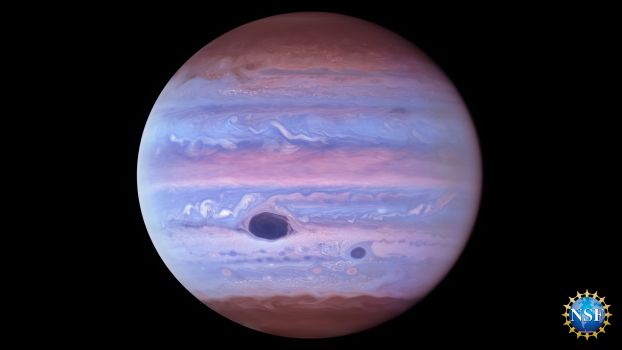
Credit: NASA/ESA/NOIRLab/NSF/AURA/M.H. Wong and I. de Pater (UC Berkeley) et al. Acknowledgments: M. Zamani (available under Creative Commons Attribution 4.0 International)
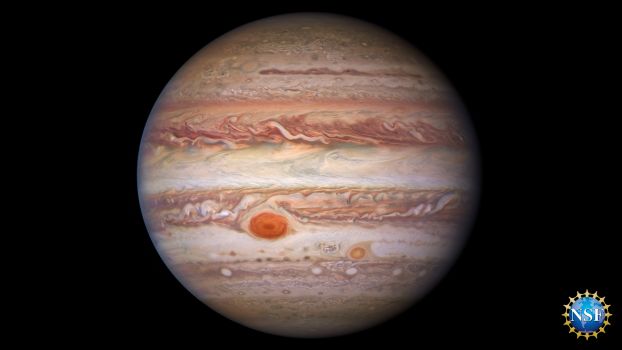
Credit: NASA/ESA/NOIRLab/NSF/AURA/M.H. Wong and I. de Pater (UC Berkeley) et al. Acknowledgments: M. Zamani (available under Creative Commons Attribution 4.0 International)

Credit: International Gemini Observatory/NOIRLab/NSF/AURA; M.H. Wong (UC Berkeley) and team acknowledgments: Mahdi Zamani
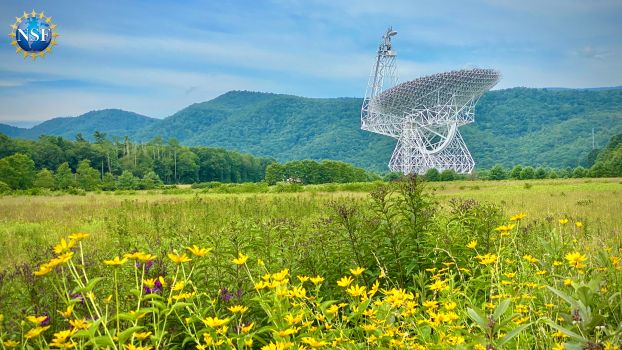
Credit: NSF/GBO 20; photo by Jill Malusky
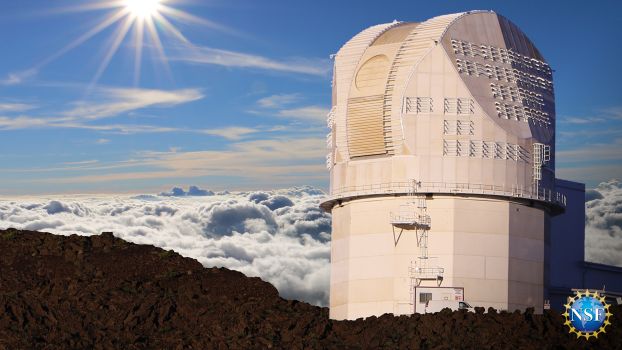
Credit: NSO/AURA/NSF
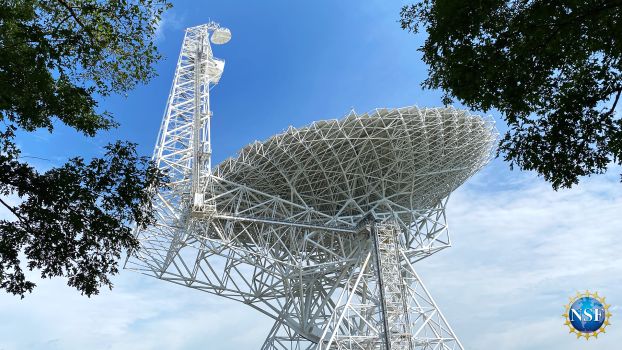
Credit: NSF/GBO 20; photo by Jill Malusky (available under Creative Commons Attribution 2.0 Generic)

Credit: NRAO/AUI/NSF
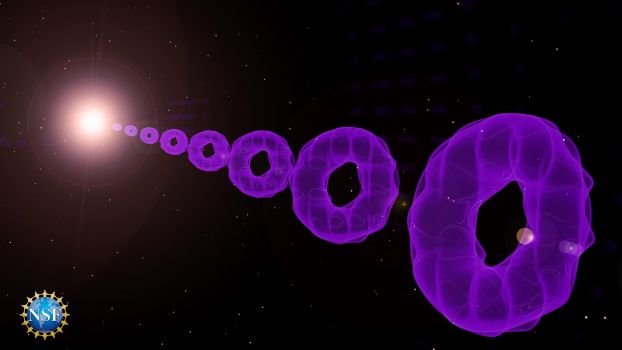
Credit: E. Edwards/JQI

